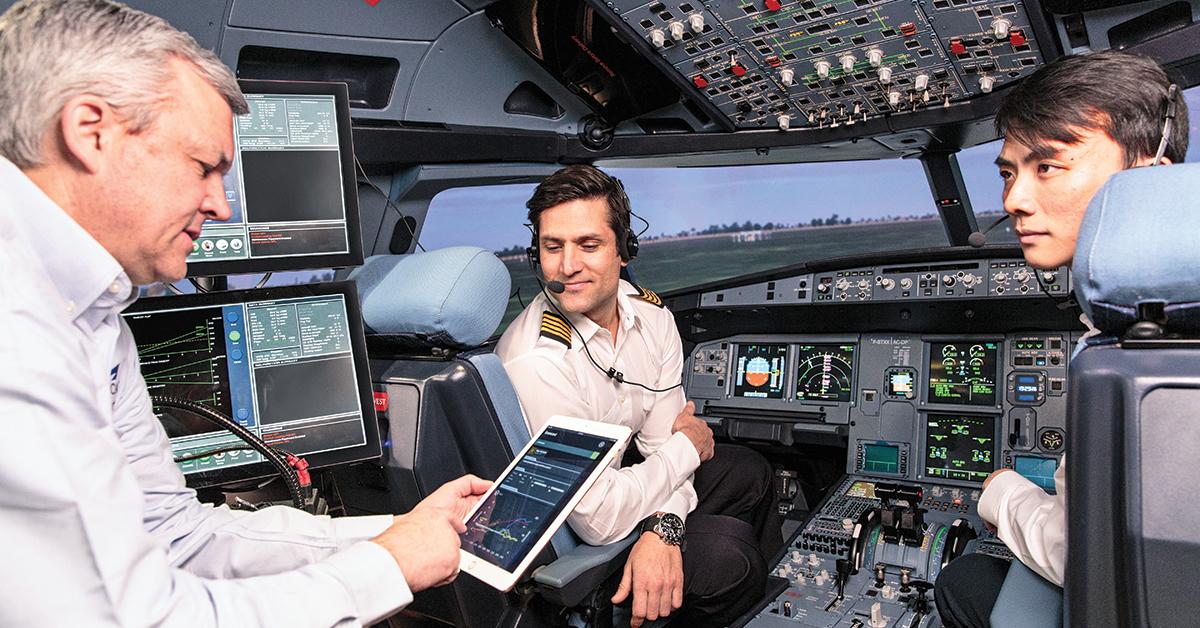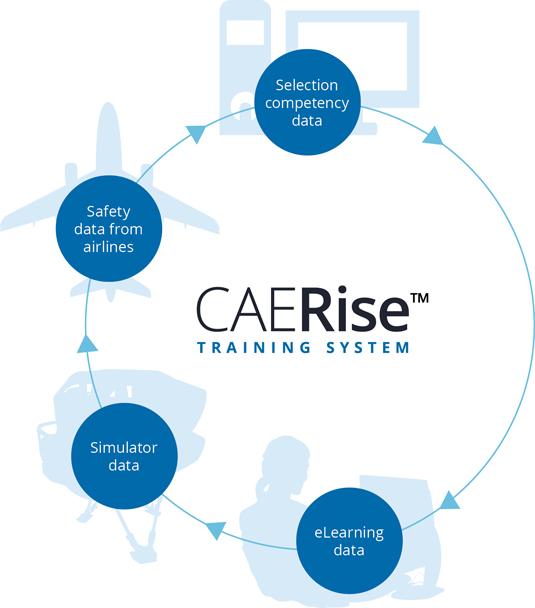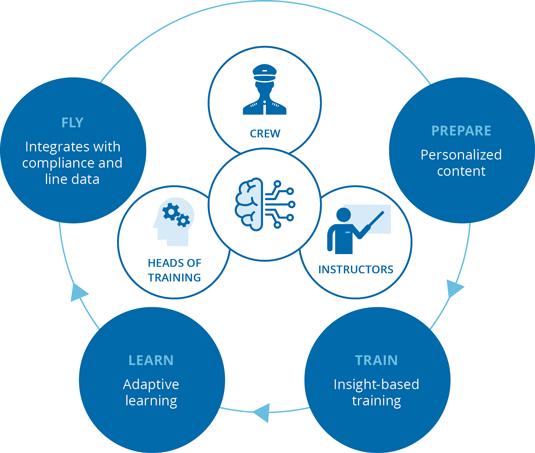The Growing Importance Of Data Collection And Usage For Training

Training data collection and the identification of actionable insights can drive the development of effective Competency-Based Training and Assessment (CBTA), as well as adaptive and individual training content.
Data collected during training sessions arm instructors with a wealth of information that helps them identify areas of improvement for an individual trainee and the effectiveness of training content in general.
However, many training programs today are not influenced by the learnings that data collection can provide. Those that utilize data are focused on regulatory compliance, with data often collected in a fragmented manner. From assessment to induction and beyond, looking into connecting data from every touchpoint of a pilot training journey will help gain better insights and improve safety. In addition, the use of Artificial Intelligence can identify ways to better predict how successful a pilot can be.
In the future, data will play a larger role in all types of pilot training. To optimize performance, safety, and the pilot learning experience, training data should be shared across the pilot training journey. In addition to aircraft operators, ATOs should be eager to share line training data, as it lends to the creation of more effective training throughout the pilot training cycle from assessment to flight training to type rating and to line flying.
A data-driven approach is specifically designed to:
- Improve the learning experience throughout the pilot’s training journey
- Equip instructors with the best tools and analysis, so they can optimize efficiency and deliver the best results
- Provide heads of training with the right insights, allowing training curriculums to be improved
- Integrate relevant training data into Safety Management Systems

CAE Rise™ Training System
Through the CAE Rise™ platform, training data regarding the performance of pilots is immediately obtained and can be analyzed on dashboards powered by software systems.
To achieve a continuous loop, training data needs to be integrated with operational data. By doing so, operators can see the true effectiveness of training on job performance and safety and if needed, revise training curriculums and candidate assessments based on tracking pilot performance to ensure greater pilot success.
While data produced from the training simulator is valuable, other metrics are also tracked, including:
- Success rates for specific courses, aircraft types, and training topics – To understand how pilots are performing
- Crew behavioral indicators in training scenarios
- Inter-rater and referent-rater reliability analysis
- Student and instructor feedback – To gather data used for correcting both parties
Learning science and the training management ecosystem
A well-designed curriculum is the foundation and pillar of education. Today’s technology enables modern learners to direct their own learning, which they prefer over traditional ways of learning.
They now have access to interactive tools and can select a learning mix of classroom, online, short videos, and mobile application delivery. Modern learners are more informal in their approach, learning from channels that allow them to have access to content 'anytime, anywhere’ – such as social media channels like YouTube. These channels also connect them to their peers, where they can ask questions to one another and share content.
Traditional training curriculums are not well adapted to the modern learner. Typically, they are teacher-centered and use a delivery method that does little to accommodate an individual student's interests, learning styles, strengths, and weaknesses.
More and more, individualized learning paths are outperforming traditional classroom settings when it comes to learner engagement. Data collection plays a key role in developing learning because it enables the customization of training in two important ways:
- Data Collection allows for Adaptive Learning - Resources and learning activities are customized to address the unique needs of each learner.
- Data Collection Facilitates Flexible Training Channels - Learners are provided with content through different forms of delivery that cater to preferred styles of learning.
The CAE Training Management Ecosystem
CAE's training management ecosystem is built to support crew, instructors, and heads of training throughout the training journey via efficient data collection. The system is designed to ensure that data is collected at every step of the training journey. This data provides valuable insights on how to gain efficiencies and build better, safer pilots consistently. With superior learning results as the goal, the training management ecosystem enhances the learning experience while providing all the insights required to continually improve training efficacy.

To discover more visit www.cae.com/civil-aviation.




